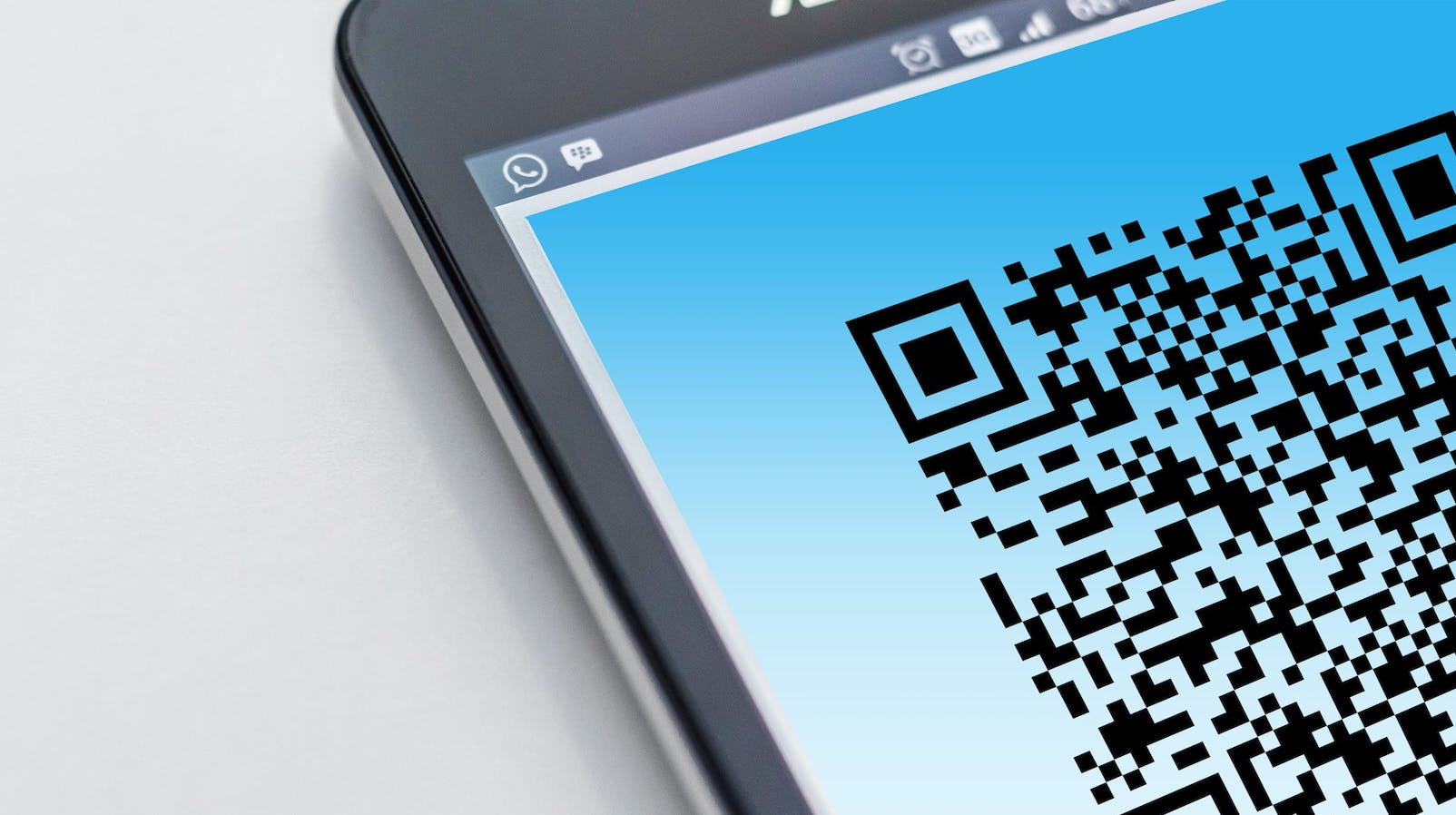Touchless claims aren’t just the future of the insurance industry – they’re the present. Customers today have shifted from being familiar with doing business online to largely preferring it in many cases, and that ripple effect has been felt and registered by insurance companies globally. But the industry at large has some catching up to do to meet this demand. Recent statistics from Price Waterhouse Coopers indicate that 41% of insurance customers are likely to switch insurance providers due to dissatisfaction with their carrier’s digital capabilities.
The problem isn’t that insurance companies refuse to update old technology. It’s that technology is only a component of a successful touchless claims implementation. And having the best, latest tools won’t help if you don’t allow processes to evolve and leverage the full capabilities offered.
My daughter was involved in an automotive insurance claim last year. Because I have some experience working with insurance claims, I offered to help her through the process. My experience with this claim in 2022 was essentially identical to how it would have been handled in 1995. Situations like this aren’t uncommon, but it is worth examining why they’re happening.
The processes insurers use haven’t adapted to the capabilities of the new technology they have adopted. Insurance claims today involve vastly more data than they did decades ago, yet the way that data is being handled and the number of touchpoints in the process haven’t kept up. This leads to a heavier workload for everyone in that chain due to multiple handoffs and slows workflow. Ultimately, customers aren’t served as well as they could have been.
People are generally resistant to change, and while they may be open to trying new technological solutions, they are hesitant about changing their workflow and established ways of getting things done. This is one of the key roadblocks the industry faces in moving to a truly touchless claims future: New tools are often seen in a narrow focus instead of as part of an integrated system.
This bolt-on approach rarely solves many problems, and after a while frequently causes more trouble as compatibility issues arise when pieced-together parts don’t play well together. What is needed isn’t necessarily more tech but a perception shift about the way technology should be integrated, not only as individual components working together but also with processes and workflows. When you have seamlessly integrated solutions and make use of their full potential, you’re not only getting the most from your technology investment, you’re also freeing your employees to do what they do best.
See also: Turkey's Disaster Was Preventable... by Insurers
I see a future, not far off, when a claim can be initiated and begin processing before the claimant gets back home. Imagine you’ve just been in an accident. There’s a QR code on the insurance card you carry in your car that takes you directly to your carrier’s claims portal mobile phone application. You are instantly identified once the code is scanned, and there are no extensive forms to fill out and no typing. Just a few clicks to take photos of your vehicle and any other vehicles involved, capturing damage and license plate information, which is used to retrieve vehicle information.
From there, the app will activate, managing the claim from start to finish: providing the estimate, arranging for a local body shop to do the work and setting up a vehicle rental. Claims professionals and claimants can communicate through the app, and everything customers need to handle claims is right there on a device that they carry with them every day.
We’re not there yet, but nothing is stopping us from taking more steps in that direction now. With a slightly different approach to the way technology and processes work together, that could be a reality in just a couple years. The tools are already there, and the customers have made their preference of touchless claims widely known.
The companies that act today to improve their customers’ digital experiences will see dividends in both customer service and operating expense.








